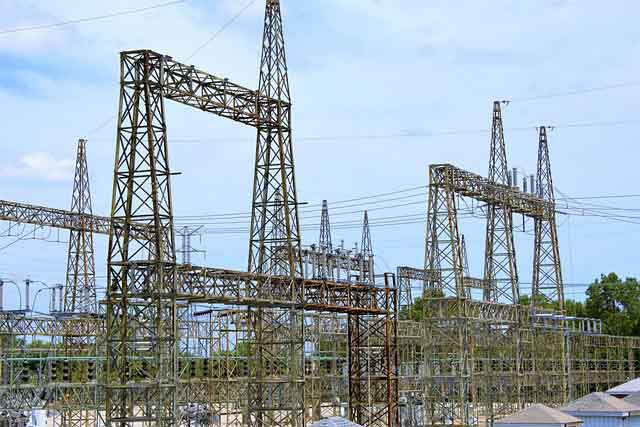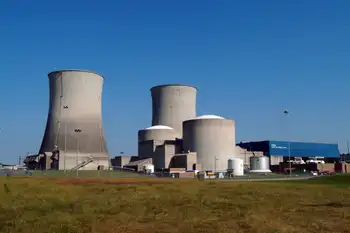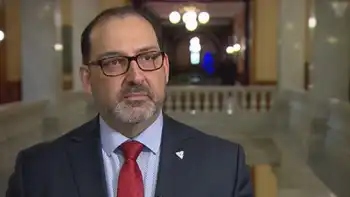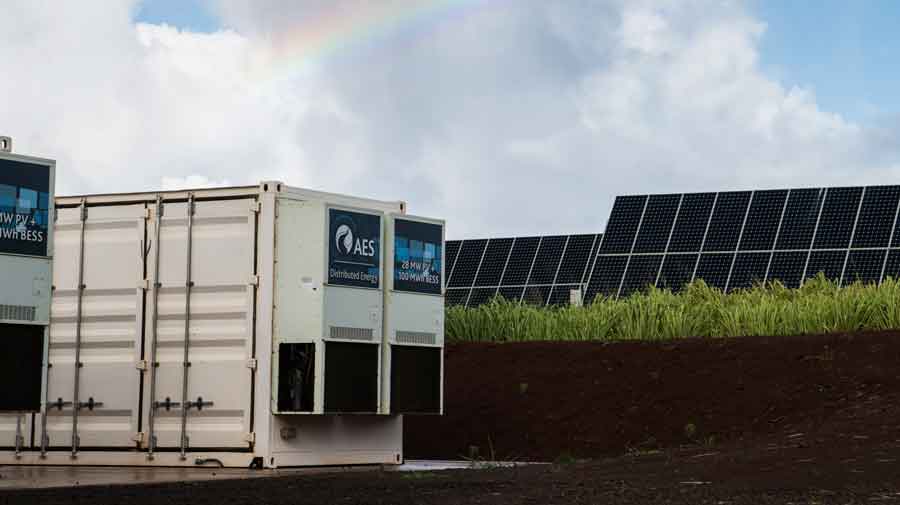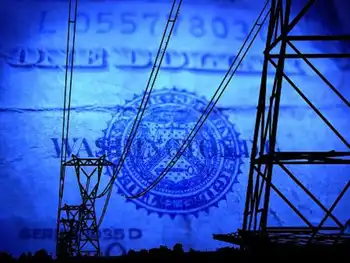UI, N.J. utility to generate power
By Knight Ridder Tribune
NFPA 70b Training - Electrical Maintenance
Our customized live online or in‑person group training can be delivered to your staff at your location.

- Live Online
- 12 hours Instructor-led
- Group Training Available
The partnership, between UI and NRG Energy, would mark UI's return to generating electricity for the first time since 1999, when state-mandated deregulation forced the company to sell off its power plants. Since then, UI has focused solely on the electric distribution business.
The impetus for this deal is a law the General Assembly passed last session that requires both UI and Connecticut Light & Power Co. of Berlin, Conn., the state's other large distributor of electricity, to submit plans for "peaking units," or generation hat would be used only during peak periods. Other proposals may be submitted as well.
James Torgerson, UI's chief executive officer, said the company decided to partner with NRG because the utility on its own does "not have the resources today to build and operate peaking units." NRG already operates four power plants in the state - in Milford, Middletown, South Norwalk and Montville - that are part of the so-called "Sooty Six," the state's oldest and dirtiest electric generation stations.
Neither UI nor NRG has disclosed where the new generation facilities will be built, although the infrastructure at the four existing NRG plants makes them possible candidates, said David Crane, president and chief executive officer of NRG.
The goal is to have the plants up and running before the start of the summer 2009, he said.
"I think the most cost-efficient thing would be to build them on existing sites (of power plants)," he said. Land owned by both UI and NRG will be considered as sites to build the peaking power plants, which are smaller than power plants that run full time, Torgerson said.
Crane said the peak generation plants will not be built until the state Department of Public Utility Control determines which of the plans submitted offer the best value to ratepayers. The deadline for those plans to be submitted to the DPUC for review s February 1, said Beryl Lyons, a spokeswoman for the state agency. "We will consider the proposals that are submitted and then make a decision by June 1," Lyons said.
CL&P is formulating its own plans to develop peak generation plants, said company spokesman Mitch Gross. He said that, unlike UI, CL&P will not join forces with another utility to develop the plants.
"We have the necessary experience within our organization to do this," Gross said.
Although CL&P does not operate any power plants, several other utilities owned by the company's corporate parent, Northeast Utilities, run generation facilities.





